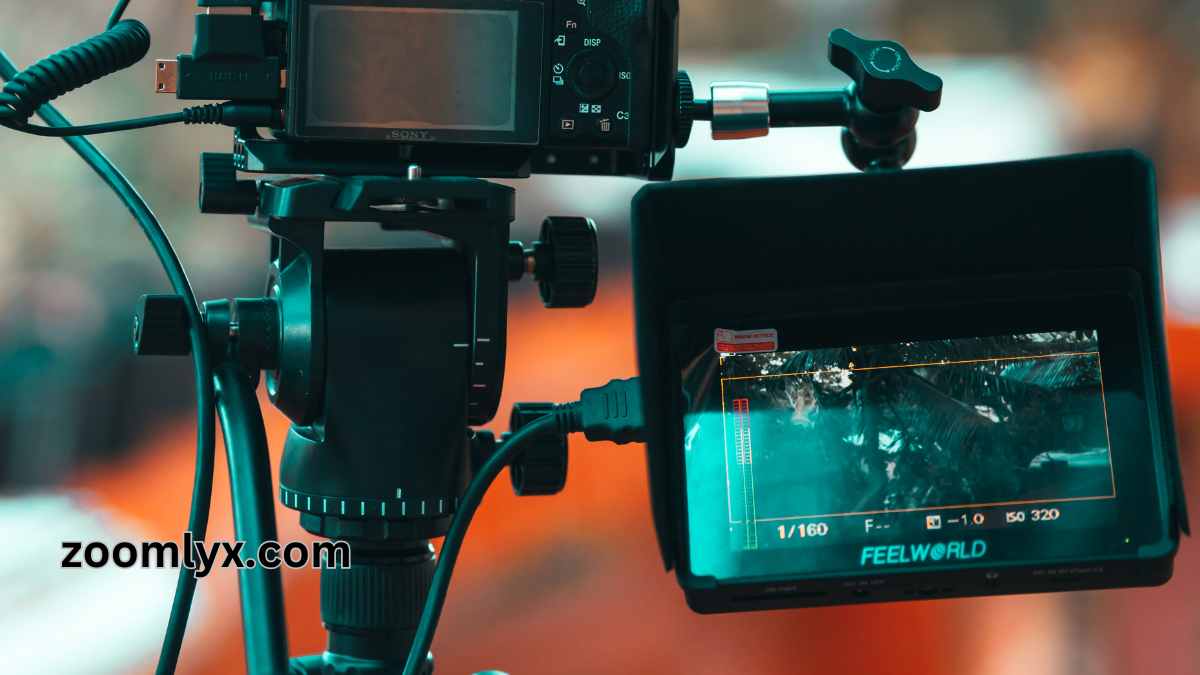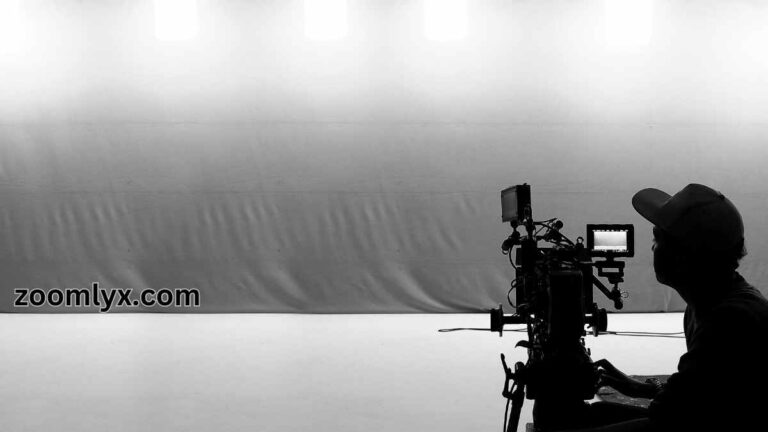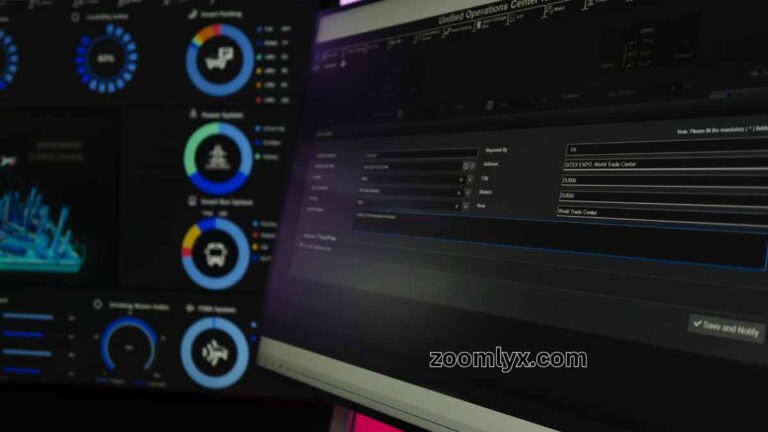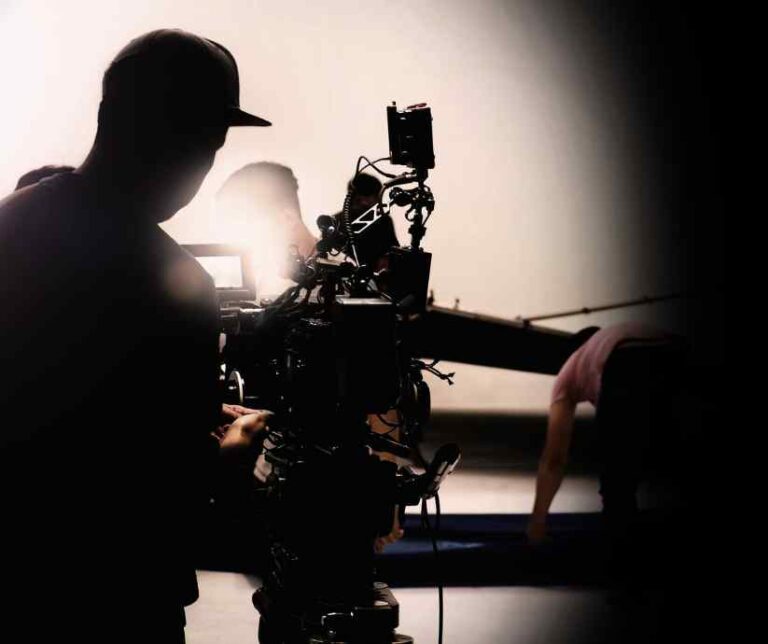Cinematic Tips for Captivating Storytelling in Videos
Video has developed as one of the most strong storytelling tools in the digital age. Whenever you’re creating a short movie, a documentary, or an advertising video, using dramatic rules may take your storytelling to an entirely new level. In this article, we’ll look at five key cinematic tips for effectively captivating viewers while conveying your message through videos.
The Influence of Graphic Design
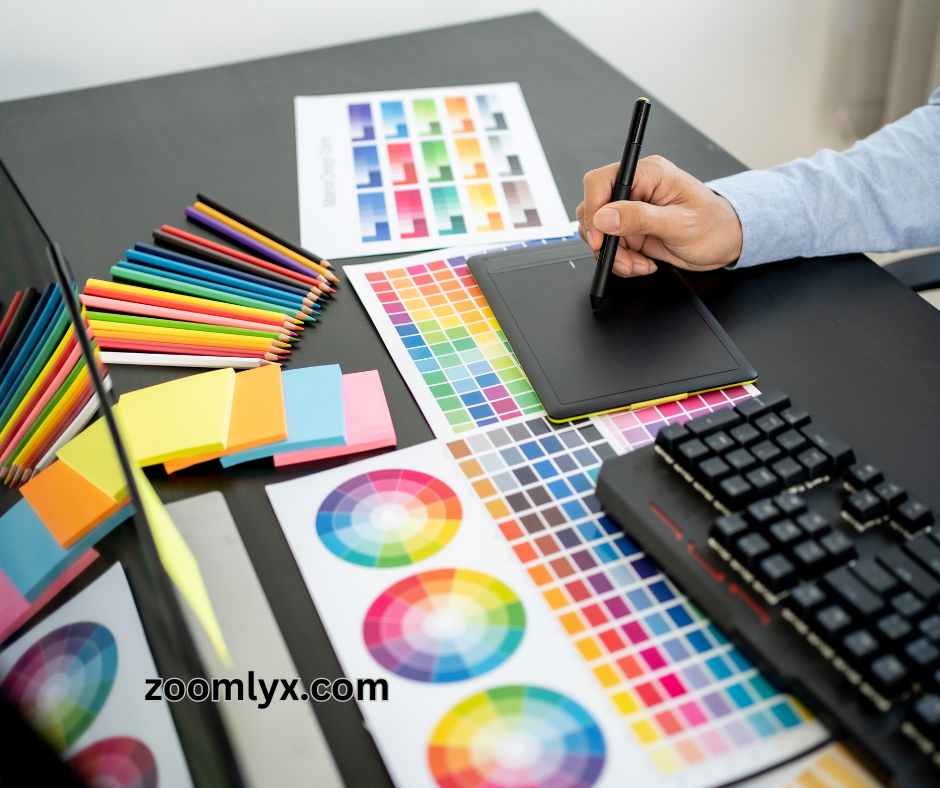
Visual composition is the foundation of cinematic storytelling. It involves arranging elements within the frame to create a visually appealing and meaningful image. Utilize the rule of thirds, leading lines, and framing to direct the viewer’s attention and highlight crucial components in your film.
Source: The American Society of Cinematographers (ASC) asserts that effective visual composition is crucial to producing visually compelling work in film.
Lighting for Mood and Atmosphere
Lighting is essential in creating the right mood and tone for your video is one of the most important cinematic tips you must never forget. Test with various lighting combos, such as high-key lighting for a bright, energetic environment or low-key lighting for a dramatic, eerie atmosphere. Natural light, artificial light sources, and inventive lighting techniques can all be used to improve the narrative and help with the emotional subtext.
Depth of Field and Focus Pulling
Controlling depth of field through aperture settings and focus pulling can add depth and dimension to your shots. By selectively blurring or sharpening elements in the frame, you can direct the viewer’s attention and create a sense of depth, which can be particularly effective in conveying emotions and emphasizing key story elements.
Source: Learn more about depth of field and focus pulling from the Film Riot YouTube channel.
The Art of Camera Movement
Camera movement can breathe life into your storytelling. This is one of the cinematic tips like tracking shots, dolly movements, and handheld camera work can add dynamism and energy to your videos. Each movement should serve a purpose and contribute to the narrative, whether it’s following a character, revealing a new perspective, or building tension.
Source: Explore the art of camera movement in this article by No Film School.
Sound Design and Music

Sound is half of the cinematic experience. Effective sound design and music can evoke emotions, create tension, and immerse the viewer in your story. Pay attention to ambient sounds, dialogue clarity, and the selection of the right music or score to enhance the emotional impact of your video.
Source: The Pro Sound Effects Blog offers tips and resources for improving your sound design skills. Pro Sound Effects Blog
The Power of Editing
Editing is where the magic of storytelling happens. Through the selection of shots, pacing, and sequencing, you can create a compelling narrative that engages your audience. Use techniques like montage, match cuts, and cross-cutting to build tension, convey meaning, and keep the viewer invested in the story.
Source: The American Cinema Editors (ACE) website provides resources on the art of editing in filmmaking. ACE – The Art of Editing
Color Grading for Emotional Impact
Color grading can significantly affect the mood and emotional resonance of your video. Experiment with color palettes and grading styles to enhance the visual storytelling. Also another simple cinematic tips is that warm colors can convey comfort and happiness, while cooler tones may evoke tension and sadness.
Source: Explore the world of color grading in filmmaking through the Color Grading Central website. Color Grading Central
The Importance of Storyboarding
Before you start shooting, consider creating a storyboard that outlines your shots, angles, and camera movements. Storyboarding helps you visualize your video’s narrative flow and ensures that every shot serves a purpose in advancing the story.
Source: Learn how to create effective storyboards from the StudioBinder blog. StudioBinder – Storyboarding
Frequently Asked Questions (FAQ)
Q1. Do I need expensive equipment to implement these cinematic techniques?
A1. While high-quality equipment can certainly enhance your video production, many of these techniques can be applied with basic camera gear. What matters most is your understanding of these techniques and your creative vision.
Q2. How can I improve my storytelling skills?
A2. Improving your storytelling skills requires practice and studying the work of great filmmakers. Watching movies and comprehending the ways they use cinematic techniques is an excellent method to learn. Think about taking filmmaking classes or studying books regarding the subject.
Q3. Can these techniques be used for different types of videos, not just narrative films?
A3. Absolutely! These cinematic approaches can be used in various kinds of videos, including documentaries, marketing videos, and even video blogs. They will help you effectively convey your message while captivating your audience.
Q4. What software should I use for color grading and editing?
A4. Adobe Premiere Pro, DaVinci Resolve, and Final Cut Pro are all notable color-grading applications. These similar products, as well as Adobe After Effects and Avid Media Composer, are frequently utilized for video editing.
Q5. How can I make my videos more accessible to a diverse audience?
A5. To make your videos more accessible, consider using subtitles or closed captions to cater to viewers with hearing impairments. Additionally, pay attention to representation in your videos, ensuring diversity and inclusivity in your storytelling.
Bottomline
Utilizing cinematic approaches in the creation of your videos can elevate your work to the remarkable. You can make videos that not only capture your viewers but also successfully and emotionally deliver your message by mastering the art of visual composition, lighting, camera movement, sound design, editing, color grading, and storyboarding. So take your camera and start delivering engaging tales from a cinematic perspective.

